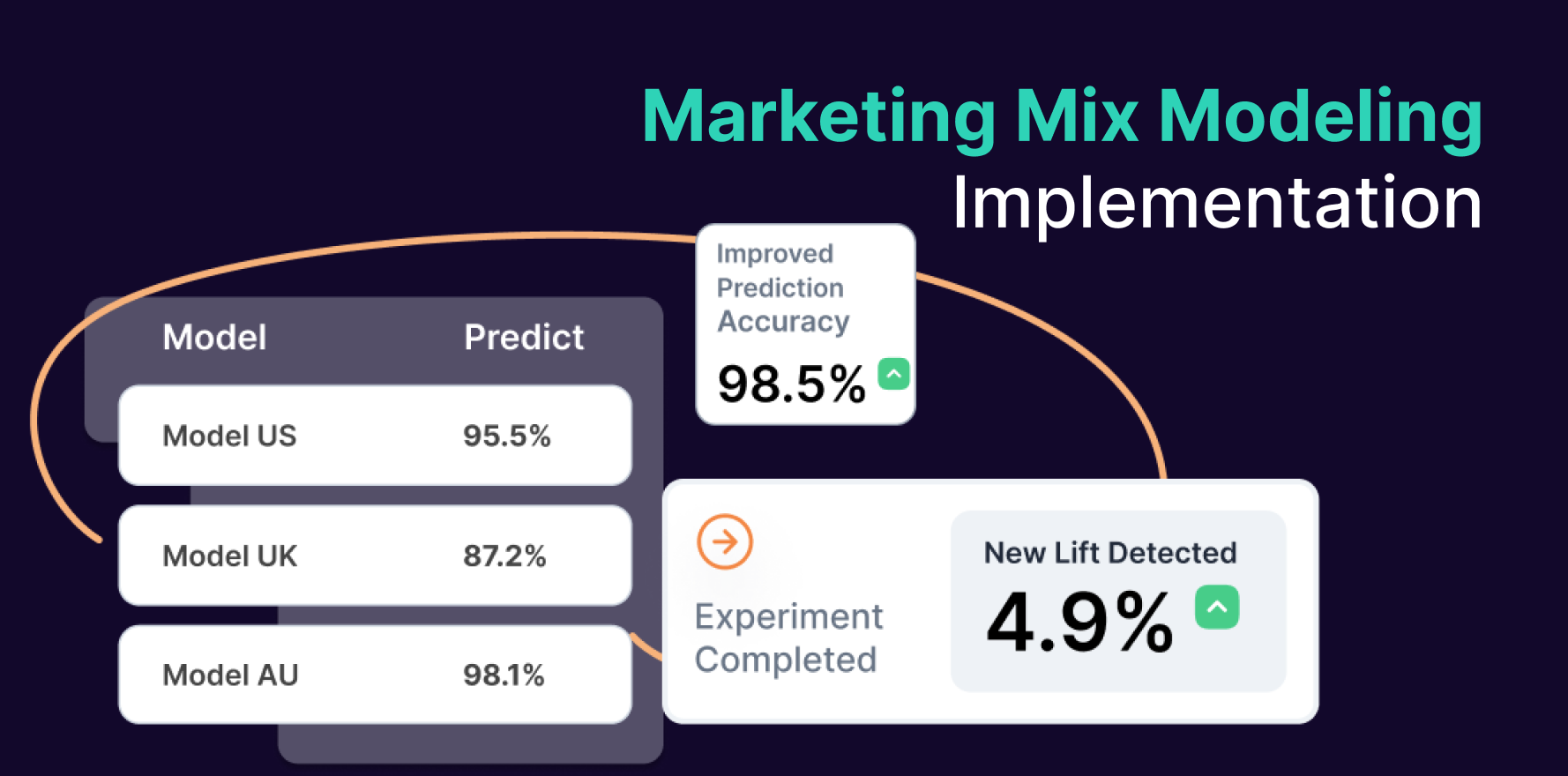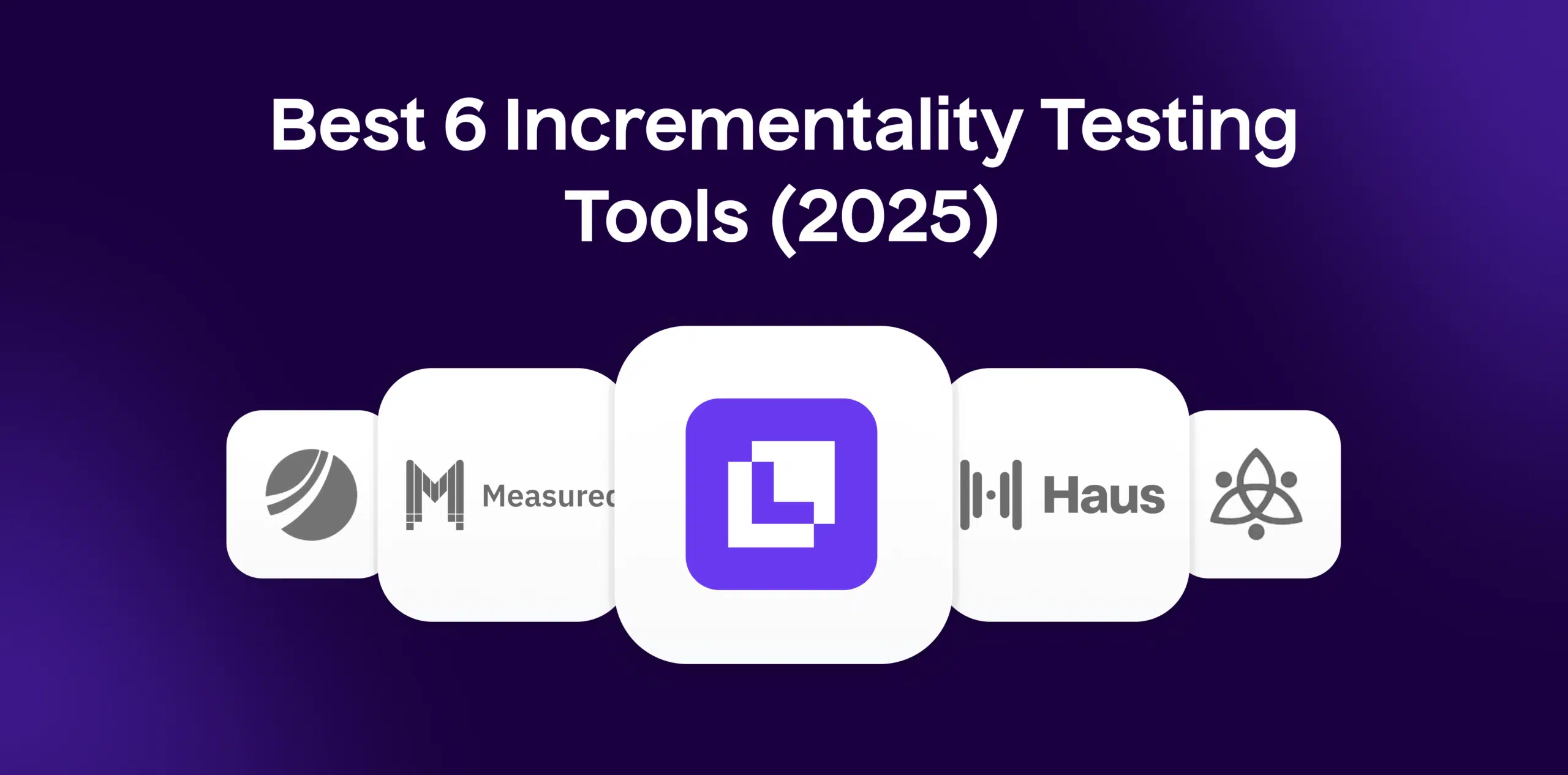What is Linear Attribution?
The marketplace battles have moved online, focusing more on winning customers’ attention and directing them towards respective sales funnels. Among the several marketing strategies employed, understanding customer behavior through attribution modeling tops the list, and Linear Attribution makes it worthwhile.
Linear Attribution is a multi-touch attribution model that equally assigns credit to each touchpoint in a customer conversion path.
Formula
Example
For example, if a customer interacted with an email campaign, clicked on a social media ad, and finally purchased after reading a blog post, each touchpoint would equally share the conversion credit. This model offers holistic insight into the entire customer journey, from initial awareness to final conversion.
Why is Linear Attribution important?
Linear Attribution provides a broad, comprehensive perspective of the customer journey, acknowledging each marketing channel’s contribution. Unlike the first and last touch models that only focus on either the initiating or concluding marketing activity, Linear Attribution appreciates every touchpoint’s collaborative effort. Such equal attribution can track all marketing asset’s performance, enabling marketers to understand which channels potential customers are interacting with and identifying the most efficient multi-channel marketing strategies.
Which factors impact Linear Attribution?
Improvements can be implemented by integrating a sophisticated attribution software or partnering with marketing analytics providers. Upgraded software can understand real-time data flow and offer valuable insights about the customer’s digital activities, time spent online, and demographic information. Analyzing such patterns over time can improve attribution and allow marketers to make informed decisions to optimize future campaigns.
How can Linear Attribution be improved?
Several factors considerably impact Linear Attribution, including marketing strategies, customer behaviors, types of products and services, and the buying cycle length. A company needs to be aware of its marketing performance on different platforms, the type of customer responses elicited, and the nature of its products and services. A business with a long buying cycle might require a completely different attribution model compared to one with a quicker purchase decision process.
What is Linear Attribution’s relationship with other metrics?
Linear Attribution plays a crucial role in measuring and improving other key ecommerce metrics, such as Customer Acquisition Cost (CAC), Lifetime Value (LTV), and Return on Advertising Spend (ROAS). As you understand which channels contribute most effectively to conversion, you can manage marketing spend more efficiently, benefiting other related metrics, and ultimately improving your overall return on investment.
Free essential resources for success
Discover more from Lifesight

























































